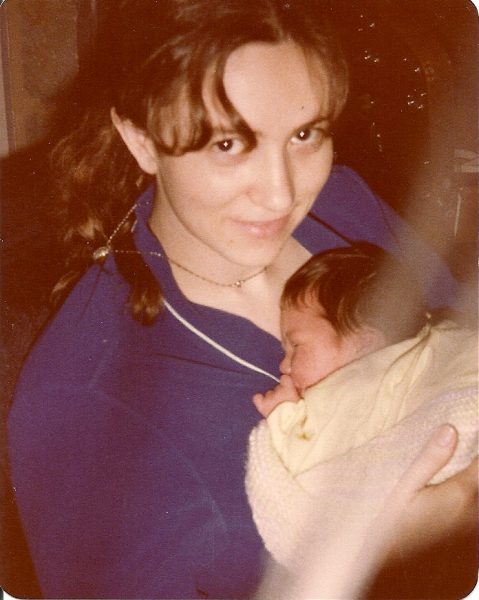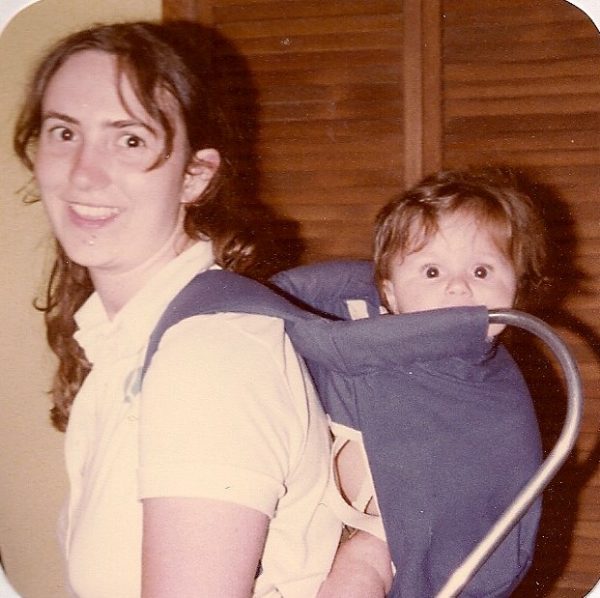 On March 28th, my first daughter was 3 weeks old, and as soon as the Governor announced that pregnant women and infants within a 10 mile radius should evacuate, we made plans to leave.
On March 28th, my first daughter was 3 weeks old, and as soon as the Governor announced that pregnant women and infants within a 10 mile radius should evacuate, we made plans to leave.
We lived in Elizabethtown, and my uncle and aunt lived in Easton, so my husband drove me, my mother and my daughter there.
On the drive up, I began thinking about all the identification documents we’d forgotten, and remember thinking, what if the whole area is blown up and we can’t go back? We’d have no proof we ever owned a home there. It was before the days of mandatory car seats, and I held my daughter in my arms through the whole trip, hoping I could protect her from catastrophe. I couldn’t help wondering what kind of world I’d brought her into.
what if the whole area is blown up and we can’t go back?
My uncle was the Chair of the Department of Chemical Engineering at Lafayette College, and by the time we got there, he’d checked out several books from the campus library, and pointed excitedly at one passage as he said, “I think this is it. It’s a hydrogen bubble.” And he was right. The book was published in 1954, and I was astonished as well as angered that this was a known problem with the reactor design.
The other thing that struck me was that this happened right after the movie, China Syndrome, came out, where Michael Douglas’ character, Richard Adams, asks Jane Fonda’s character, Kimberly Wells, what happens if the power plant melts down and she answers, “It would blow up an area the size of Pennsylvania.” That was rather nerve-wracking. Maybe we hadn’t evacuated far enough.
Maybe we hadn’t evacuated far enough.
My mother left after a week, and I stayed two more weeks, just to be sure. It was actually a wonderful time with my aunt and uncle. Their own kids were away at college, and they enjoyed the time with their grand-niece, spoiling both of us. The following year, my second daughter was born. Sometime the year after that, I began receiving surveys about her health, which – although, feeling somewhat unnerved – I dutifully filled out and sent back every year for 5 years. That in itself was a stark reminder that while the immediate danger was over, its lasting effects might not be. Fortunately, she never had any adverse health conditions.
Alanna

Alanna and her daughter – August 1979
